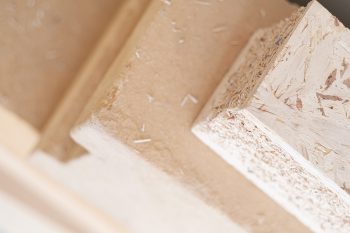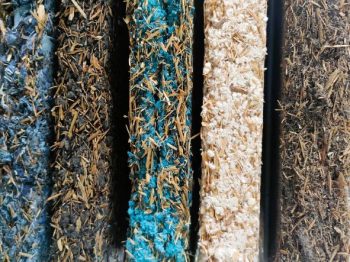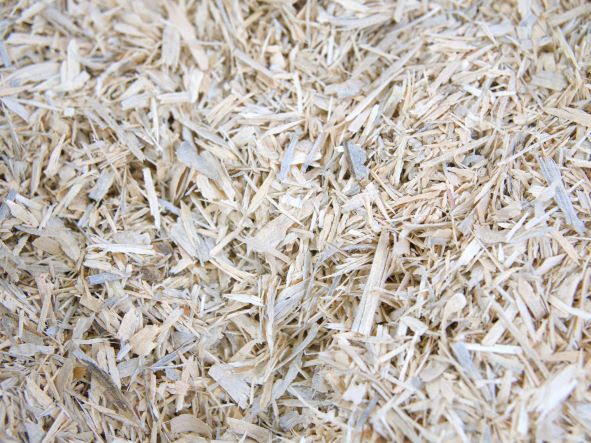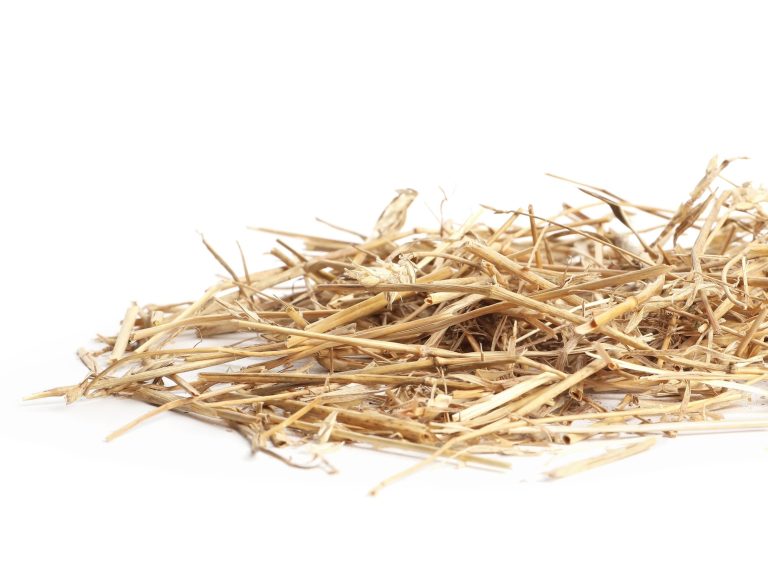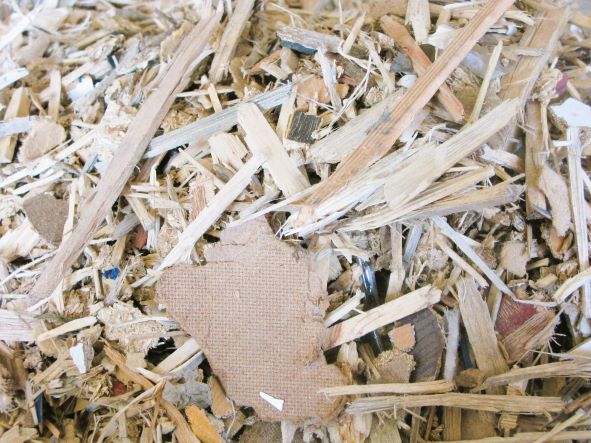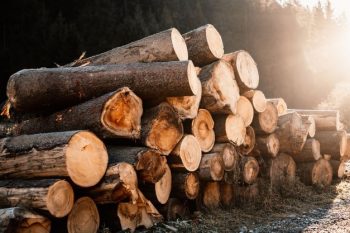Modern and environmentally friendly wood and composite materials
Since 1952, we have specialised in wood processing and the development of new wood-based and composite materials. Our research focuses on the efficient use of natural raw materials, including lignocellulosic biomass and recycled raw materials, and the development of innovative materials for the construction and furniture industries.
